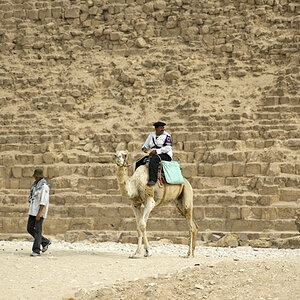jocose
TPF Noob!
- Joined
- Sep 16, 2005
- Messages
- 3,059
- Reaction score
- 118
- Location
- dans la pissoir
- Website
- www.musingsofjocose.com
- Can others edit my Photos
- Photos NOT OK to edit
I have a question about the above title. After playing with my camera a bit, I have discovered that one overexposes the scene more than the other.
Can someone explain:
1) what exactly is going on with the two
2) when to use each
3) historically, where the terms come from (sorry--I'm a bit of a history geek).
Thanks.
Can someone explain:
1) what exactly is going on with the two
2) when to use each
3) historically, where the terms come from (sorry--I'm a bit of a history geek).
Thanks.



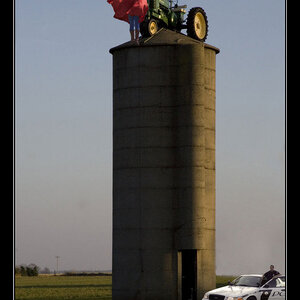

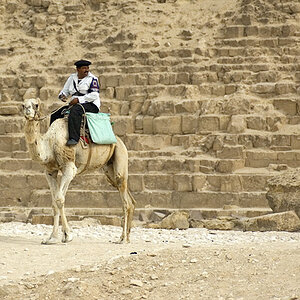
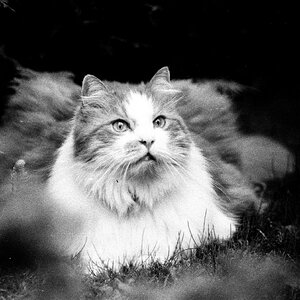


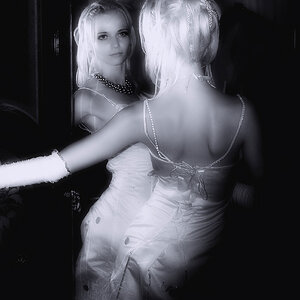
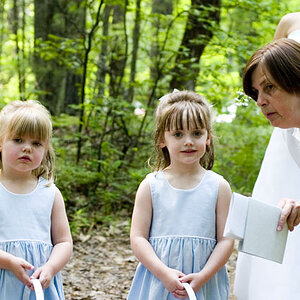
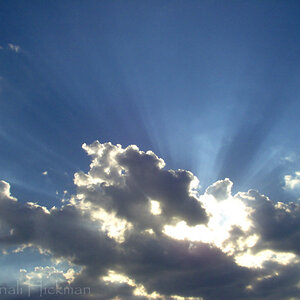
![[No title]](/data/xfmg/thumbnail/38/38263-ad5e4c9e677626ddb5b1e7cdf9ebe40e.jpg?1619738548)
